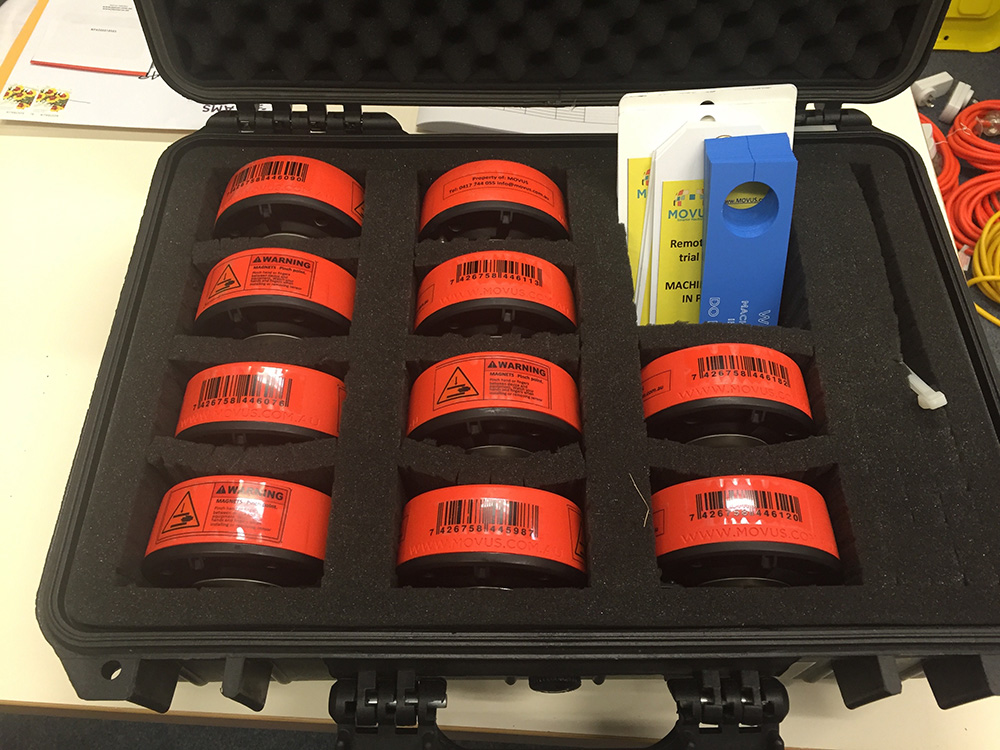Unplanned Downtime – 4 Tactics To Implement Today

The words ‘unplanned downtime’ fill operations and management teams with dread. This is because unplanned downtime leads to huge costs for companies, particularly asset-intensive industries like manufacturing. In fact, the number is upwards of $50 billion a year industry-wide, according to recent figures.
On the bright side, there are plenty of ways that organisations can prevent these costly disruptions. Getting a handle on your asset fitness doesn’t require big budgets or large committees. Read on for 4 things you can start doing this week to minimise unplanned downtime and maximise productivity.
1) Build knowledge sharing into your weekly team meetings
Your people are your first and best line of defense against unplanned downtime. Human error is second only to hardware error as a leading cause of downtime. So taking the time to talk to your team about preventative maintenance and asset fitness will yield huge dividends.
Make discussions about Total Productive Maintenance (TPM) part of your weekly check-ins with your team. This will empower them with the necessary knowledge, skills, and mindset to take responsibility for the productivity and lifespan of the equipment.
This should also be a two-way conversation. Ask them what equipment needs maintenance or is showing signs of abnormal behaviour. Employees appreciate the opportunity to talk about what they know and they often have valuable insights to share. After all, they are the ones working directly with the equipment on a daily basis.
Sharing information and seeking feedback from your team are two high-impact ways to foster proactive thinking and a TPM-driven mindset.
2) Gather and share data that shows why maintenance is worth investing in
Improving efficiency often requires significant upfront expenditures. It costs money to secure additional resources, asset management tools and software, condition monitoring systems and more. Budget-minded executives may understandably be reluctant to move forward on them on the basis of cost.
If you haven’t been able to gain much traction with the decision-makers in your organisation, start gathering data. A good place to start is by assessing the actual cost of downtime against the price of the requested resources. Include how changes to your current mean time between failures (MTBF) and asset utilisation (AU) can improve efficiency and save money. We discussed these important metrics in a previous article, so check it out if you want to see how the best teams use them to drive success.
It’s hard to argue with numbers. Data lets you demonstrate in real terms how a preventative maintenance approach more than pays for itself over time.
3) Measure your asset fitness with a detailed review of probability of failure
Knowing the probability of failure of a system or piece of equipment is an essential part of TPM. This metric changes over time and varies according to the life cycle of the system or unit, so it’s important to review it at regular intervals.
One key way to measure the probability of failure is to look at the history of the equipment in question. How many times and how often has it failed in the past?
If you don’t have access to this kind of information, you’ll find it difficult if not impossible to assess your asset fitness. This lack of information should be a wake-up call to your operations manager that it’s time to put some rigour around equipment monitoring and data collection.
4) Deploy condition monitoring sensors that give you the data you need
Of course we’re going to mention smart sensors like FitMachine. 24/7 equipment condition monitoring is the simplest and fastest way to start collecting data across your equipment fleet. Gathering data on vibration, acoustics, temperature and more will allow you to instantly catch machine abnormalities. That enables you to predict failure and therefore prevent downtime before it happens. That’s huge for the bottom line. Plus, you’ll be able to best implement points 1-3 above to keep continuous improvement going.
Get started with a free trial of MachineCloud to see just how much information you could be leveraging from your machines – https://learn.movus.com.au/trial
Image sourced from: https://www.softdesigners.co.in/cold-work-permit-for-manufacturing-industries/

